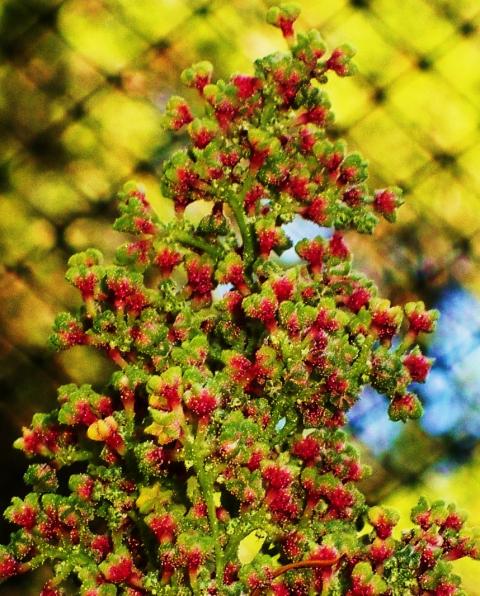897tgigvib
Garden Master
- Joined
- Mar 21, 2012
- Messages
- 5,439
- Reaction score
- 925
- Points
- 337
This is my first try at growing Quinoa, and so far so good.



This variety is called Colorado Quinoa



This variety is called Colorado Quinoa
